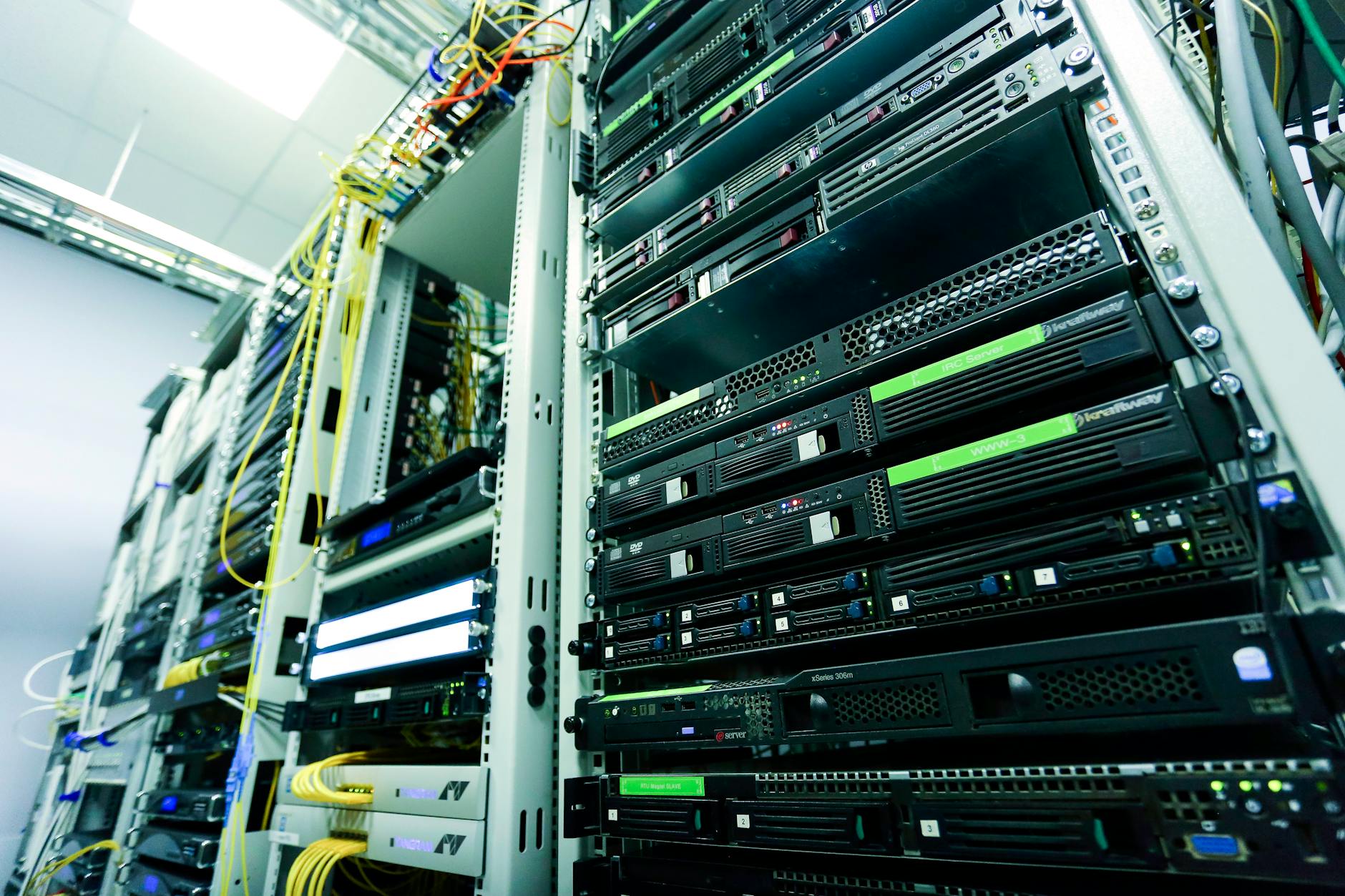In the modern business landscape, on-premise infrastructure remains a staple for many organizations. While it offers control and customization, on-premise infrastructure also carries significant risks, particularly with hardware and disks. The stakes are high, especially when the infrastructure is not properly maintained. Understanding these risks and implementing effective solutions is crucial for any business aiming to safeguard its operations and data.
The Risks of On-Premise Infrastructure
- Hardware Failures
- Wear and Tear: Hardware components like servers, hard drives, and network equipment are prone to wear and tear over time. Mechanical parts degrade, leading to potential failures that can disrupt business operations.
- Disk Failures: Hard drives are particularly vulnerable. Disks can fail due to age, excessive use, or physical damage. A single disk failure can result in data loss, system downtime, and significant recovery costs.
- Cooling and Environmental Control
- Overheating: Server rooms need adequate cooling to prevent overheating. High temperatures can cause hardware components to fail prematurely. Overheating can lead to thermal shutdowns, which not only interrupt services but also reduce the lifespan of the equipment.
- Humidity and Dust: Improper environmental controls can allow dust and humidity to damage sensitive electronic components. This further exacerbates the risk of hardware failure and data loss.
- Maintenance and Monitoring
- Inadequate Maintenance: Regular maintenance is essential to keep hardware running smoothly. Neglecting maintenance tasks such as firmware updates, hardware inspections, and replacing worn-out components increases the risk of unexpected failures.
- Lack of Monitoring: Without proper monitoring systems, detecting issues before they become critical is challenging. Monitoring helps in identifying potential problems early, allowing for timely interventions and repairs.
- Data Backup and Recovery
- Insufficient Backups: Not having proper snapshots and backups in place is a significant risk. Data loss can occur due to hardware failures, human error, or cyber-attacks. Without reliable backups, recovering lost data can be impossible.
- Outdated Recovery Plans: Even if backups exist, outdated or untested recovery plans can render them useless. Ensuring that backup and recovery processes are current and regularly tested is crucial for effective disaster recovery.
- Technical Debt
- Accumulated Issues: Technical debt refers to the accumulation of maintenance work that is deferred in favor of short-term gains. Over time, technical debt grows, leading to more complex and costly issues. This includes outdated software, unsupported hardware, and neglected system upgrades.
- Increased Costs: The longer technical debt is allowed to accumulate, the higher the costs associated with resolving it. Addressing technical debt often requires significant investments in time, money, and resources.
Mitigating Risks with Proper Maintenance
Proper maintenance and proactive management are essential to mitigate the risks associated with on-premise infrastructure. Here are some best practices:
- Regular Maintenance Schedules
- Establish and adhere to regular maintenance schedules for all hardware components. This includes routine inspections, cleaning, and replacing worn-out parts.
- Environmental Controls
- Ensure that server rooms have adequate cooling and humidity controls. Invest in high-quality HVAC systems designed for data centers to maintain optimal conditions.
- Comprehensive Monitoring Systems
- Implement comprehensive monitoring systems that provide real-time alerts for temperature, humidity, and hardware performance. This allows for early detection of potential issues.
- Robust Backup Solutions
- Develop and maintain robust backup solutions. This includes regular snapshots, offsite backups, and automated backup processes to ensure data is always recoverable.
- Up-to-Date Recovery Plans
- Regularly update and test disaster recovery plans. Ensure that recovery processes are well-documented and that staff are trained to execute them efficiently in case of an emergency.
- Addressing Technical Debt
- Prioritize addressing technical debt by regularly updating software, replacing outdated hardware, and keeping systems current with the latest security patches and performance enhancements.
The Role of NextGen IT Advisors in Digital Transformation
Transitioning from on-premise infrastructure to cloud-based solutions can significantly reduce these risks. Cloud solutions offer enhanced reliability, scalability, and security. NextGen IT Advisors can assist businesses in this critical transition.
- Expert Assessment and Planning
- NextGen IT Advisors provide expert assessment and planning services to help businesses evaluate their current infrastructure and identify areas for improvement. They create customized digital transformation plans that align with business goals.
- Seamless Migration
- With extensive experience in cloud migrations, NextGen IT Advisors ensure a seamless transition from on-premise to cloud-based solutions. They handle everything from data migration to application deployment, minimizing disruption to business operations.
- Enhanced Security
- NextGen IT Advisors implement robust security measures to protect data in the cloud. This includes advanced encryption, access controls, and continuous monitoring to safeguard against cyber threats.
- Cost Efficiency
- By moving to the cloud, businesses can reduce the costs associated with maintaining and upgrading on-premise infrastructure. Cloud solutions offer flexible pricing models that scale with usage, ensuring cost efficiency.
- Improved Reliability and Uptime
- Cloud providers offer high availability and redundancy, reducing the risk of downtime due to hardware failures or environmental factors. This ensures that business operations remain uninterrupted.
- Ongoing Support and Management
- NextGen IT Advisors offer ongoing support and management services, ensuring that cloud infrastructure remains optimized and secure. They provide 24/7 monitoring and support to address any issues promptly.
Conclusion
The risks associated with on-premise infrastructure are significant, particularly regarding hardware failures, inadequate cooling, and insufficient maintenance. These risks can lead to data loss, increased costs, and operational disruptions. By implementing best practices for maintenance and monitoring, businesses can mitigate some of these risks.
However, the most effective solution is to transition to cloud-based infrastructure. NextGen IT Advisors offer comprehensive digital transformation services, helping businesses move to the cloud with ease. This transition not only reduces risks but also enhances security, reliability, and cost efficiency.
Don’t let the risks of on-premise infrastructure compromise your business. Contact NextGen IT Advisors today to start your digital transformation journey and ensure a secure, reliable, and efficient IT environment.




